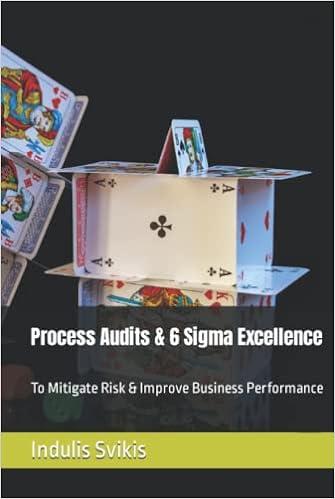Accounting 2302 - Review for Final Exam Chapter 12- Reporting Cash Flows 1. Know the purpose of the Statement of Cash Flows 2. Know the two methods of preparing the Statement of Cash Flows. They are the direct and indirect methods. Know how to classify cash flow transactions. Know which activities go in what section of the statement. An activity can be classified as Operating, Investing, or Financing. For example, the issuance of common stock would be classified as a financing activity. Know how to calculate Cash Flows from Operating Activities using the indirect method. Remember a prepaid expense is a current asset, and unearned revenue is a current liability. Know the purpose of the Statement of Cash Flows. 3. 4. 5. Chapter 13- Analysis of Financial Statements Please note that you must know the formulas for the ratios that are mentioned) 1. Know what a vertical analysis is and how to compute one. Remember, another name for this is common-size statements. Know which number is set to 100% on the income statement and on the balance sheet. The 100% number on the income statement is netsales irsales. The 100% number on the balance sheet is totalassets ortotal iabilitiesanc stockholders: equity 2. Know what a horizontal analysis is and how to compute one 3. Know which methods are used to analyze financial statements. They are horizontal analysis, vertical analysis, trend analysis, and ratio analysis. Know how to calculate the following liquidity and efficiency ratios (you must know the formulas) 4. a. Working Capital b. Current Ratio c. Acid-Test (Quick) Ratio d. Accounts Receivable Turnover e. Inventory Turnover Chapter 14- Managerial Accounting Concepts and Principles I. Know the differences between financial and managerial accounting. 2. Know the three product costs-direct materials, direct labor, and factory overhead, and examples of each. For instance, depreciation on factory equipment is considered part of factory overhead. 3. Know the difference between a product and period cost. Period costs consist of selling and 4. Know what prime and conversion costs are. Prime costs are direct materials and direct labor. 5. Know how many inventory accounts a manufacturing company has, and what they are. administrative expenses. For example, the salary of an office manager is a period cost. Conversion costs are direct labor and factory overhead. Direct labor is both a prime cost and a conversion cost. There are three inventory accounts-raw materials (materials), goods in process (work-in- process-WIP), and finished goods. Know how to calculate Cost of Goods Manufactured (COGM) and Cost of Goods Sold (COGS) 6. Accounting 2302 - Review for Final Exam Chapter 12- Reporting Cash Flows 1. Know the purpose of the Statement of Cash Flows 2. Know the two methods of preparing the Statement of Cash Flows. They are the direct and indirect methods. Know how to classify cash flow transactions. Know which activities go in what section of the statement. An activity can be classified as Operating, Investing, or Financing. For example, the issuance of common stock would be classified as a financing activity. Know how to calculate Cash Flows from Operating Activities using the indirect method. Remember a prepaid expense is a current asset, and unearned revenue is a current liability. Know the purpose of the Statement of Cash Flows. 3. 4. 5. Chapter 13- Analysis of Financial Statements Please note that you must know the formulas for the ratios that are mentioned) 1. Know what a vertical analysis is and how to compute one. Remember, another name for this is common-size statements. Know which number is set to 100% on the income statement and on the balance sheet. The 100% number on the income statement is netsales irsales. The 100% number on the balance sheet is totalassets ortotal iabilitiesanc stockholders: equity 2. Know what a horizontal analysis is and how to compute one 3. Know which methods are used to analyze financial statements. They are horizontal analysis, vertical analysis, trend analysis, and ratio analysis. Know how to calculate the following liquidity and efficiency ratios (you must know the formulas) 4. a. Working Capital b. Current Ratio c. Acid-Test (Quick) Ratio d. Accounts Receivable Turnover e. Inventory Turnover Chapter 14- Managerial Accounting Concepts and Principles I. Know the differences between financial and managerial accounting. 2. Know the three product costs-direct materials, direct labor, and factory overhead, and examples of each. For instance, depreciation on factory equipment is considered part of factory overhead. 3. Know the difference between a product and period cost. Period costs consist of selling and 4. Know what prime and conversion costs are. Prime costs are direct materials and direct labor. 5. Know how many inventory accounts a manufacturing company has, and what they are. administrative expenses. For example, the salary of an office manager is a period cost. Conversion costs are direct labor and factory overhead. Direct labor is both a prime cost and a conversion cost. There are three inventory accounts-raw materials (materials), goods in process (work-in- process-WIP), and finished goods. Know how to calculate Cost of Goods Manufactured (COGM) and Cost of Goods Sold (COGS) 6







